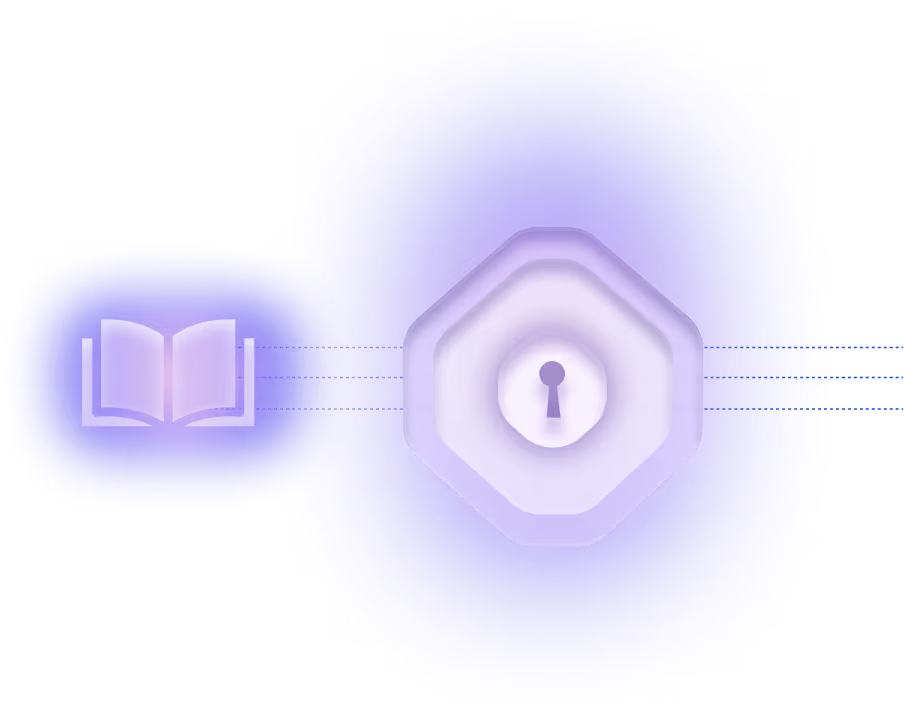Vault Secret

What is a Vault Secret?
A Vault Secret refers to a sensitive credential—such as an API key, database password, token, or certificate—securely managed and stored within a secrets management system like HashiCorp Vault. In modern cybersecurity, particularly in cloud-native and DevOps environments, Vault Secrets play a critical role in enabling secure, identity-based access for Non-Human Identities (NHIs) such as service accounts, workloads, and automation tools. Unlike hardcoded or static secrets, Vault Secrets are dynamically generated, time-bound, and centrally governed to reduce exposure risk.
Why is it important?
Vault Secrets are foundational to enforcing least privilege access and zero-trust principles across distributed systems. As NHIs proliferate across hybrid and multi-cloud environments, the risk of credential sprawl, hardcoded secrets, and unmonitored access pathways increases substantially. Vault Secrets mitigate these risks by offering centralized control, automated secret rotation, and fine-grained access policies. They also support auditability and compliance requirements by maintaining structured lifecycle logs and enabling secret revocation upon policy violations or NHI decommissioning.
What are common applications or use cases?
In practice, Vault Secrets are used to provide temporary, just-in-time credentials for cloud services (e.g., AWS IAM roles), databases, and Kubernetes workloads. For example, an NHI in a CI/CD pipeline may retrieve a short-lived PostgreSQL credential from Vault to perform schema migrations, after which the credential is automatically revoked. Vault can also integrate with hardware security modules (HSMs) for key storage, and with cloud-native identity providers to dynamically authenticate workloads and issue scoped secrets.
What is the connection to NHIs (Non-Human Identities)?
Vault Secrets are especially critical for NHIs, which cannot use traditional authentication methods like MFA. By issuing identity-bound, short-lived secrets, Vault enables NHIs to authenticate securely without relying on long-lived, static credentials. Vault also supports lease-based access, dynamic secret provisioning, and namespace isolation, allowing organizations to enforce NHI-specific security boundaries while maintaining operational agility.
Are there any notable industry data, trends, or standards?
Industry data shows that NHIs now outnumber human identities by more than 45:1 in large enterprises, with a significant percentage of cloud breaches linked to compromised machine credentials. Regulatory frameworks such as NIST SP 800-207 (Zero Trust) and CISA’s software security guidance increasingly emphasize the need for automated secret management, rotation, and traceability. Vault's support for post-quantum cryptography and confidential computing reflects broader trends in securing ephemeral, high-volume NHI traffic in cloud-native architectures.
What is the broader impact or takeaway?
Vault Secrets transform credential management from a static, manual process into a dynamic, policy-driven security control. For enterprises managing thousands of NHIs, centralized secrets management not only reduces operational risk but also enables secure automation, cross-cloud scalability, and regulatory compliance. As organizations mature their NHI security posture, integrating Vault Secrets into a broader lifecycle management and threat detection framework is essential to achieving resilient and adaptive cybersecurity in modern infrastructure.





